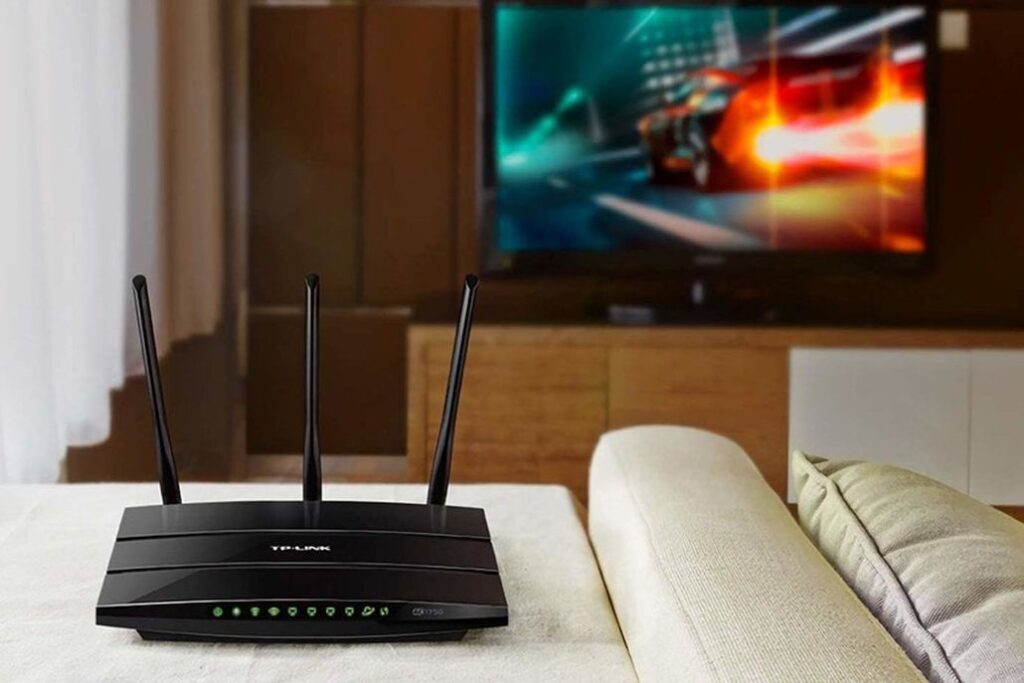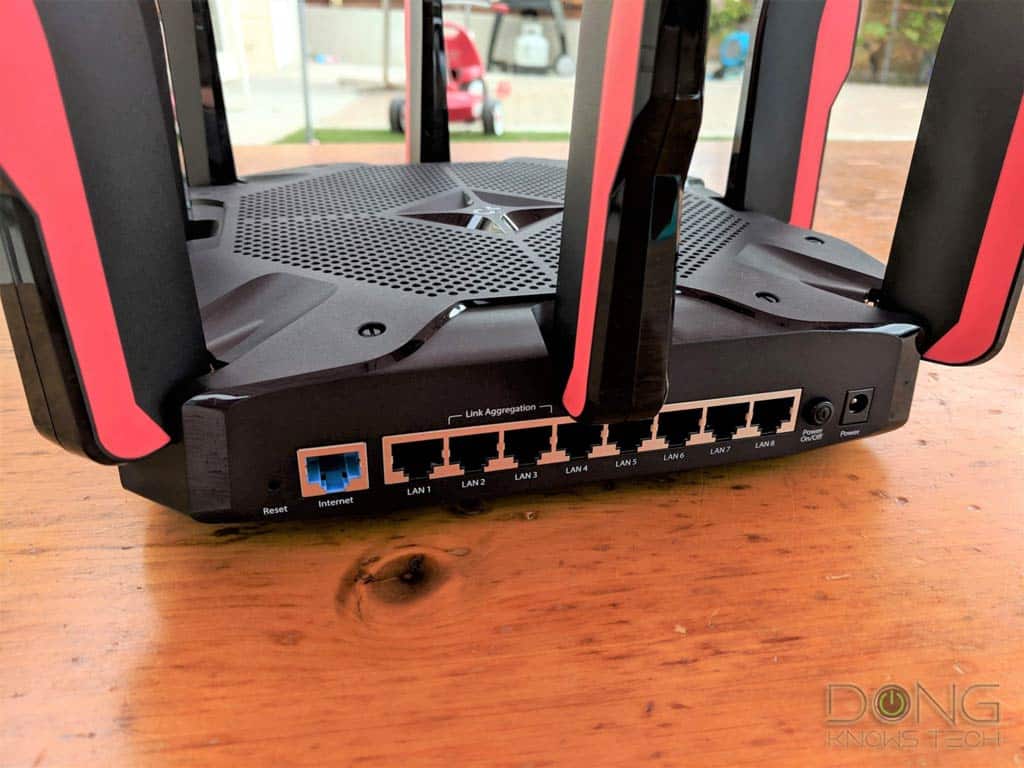If you want fast wireless internet with multi-user access at home, the office, or any other setting, you will need a router. This is the part that most of us are familiar with, of course, but things start to get a bit more complicated when it comes to buying a router that will meet all the needs of the user. In the following article, you will find all the complicated knowledge about routers simplified and streamlined to help you find the router you need.
A Router that Exceeds Your ISP-Provided Bandwidth
Even the world’s best router will not be able to raise your Wi-Fi speed beyond the bandwidth allotted to you by your internet service provider (ISP). Therefore, you need to make sure that:
- The current service provider is capable of delivering the speed you need.
- Your current ISP plan entitles you to the speed you need or expect.

Source: vidaextra.com
Next, you must check the router’s spec sheet to make sure it can handle routing the speed that you are paying for. For example, a Dual-band router with a line rate of AC1200 indicates that it can deliver a combined maximum speed of 1,200 Megabits per second (Mbps). However, it will only be capable of doing so by separating the ISP-provided bandwidth between a high-frequency band (5GHz/6GHz) and a low frequency band (2.4GHz). Therefore, none of the router’s bands will be able to maximize a 1 or 2 Gigabit per second (Gbps) connection.
In most cases, the lower frequency will have a cap at 300Mbps, while the higher frequency will be capped at 860 Mbps – 865 Mbps. Even then, these are theoretical numbers that most routers will not be able to meet in real-world testing. Therefore, you need routers that well exceed the maximum bandwidth of your internet plan’s speed. Look for routers with line rates equal to or above at least AX1800 and preferably AX3000. The AX represents newer, better, and faster Wi-Fi tech than AC.
A Router Setup that Covers the Entire Area

Source: pcmag.com
If you only need your Wi-Fi signal to cover a studio apartment, then just about any decent AX1800 router will get the job done. However, if you have a large home, or if you need the Wi-Fi signal to cover a large commercial space, you will need to either invest in Wi-Fi extenders or Mesh routers to create a reliable and strong Wi-Fi field without dead zones.
Mesh routers do a significantly better job as they keep the signal unified and focused with little to no speed loss, while extenders tend to create new networks and slow down the speed by a bit at every point they are installed. How many extenders or mesh routers you will need depends on:
- The area in need of Wi-Fi coverage.
- The number of floors and walls between the various Wi-Fi extension points.
- The number of people who are expected to use the Wi-Fi network simultaneously.
- Whether you are using Mesh routers or Wi-Fi extenders.
A Router with Enough Bands

Source: dongknows.com
Bands are not to be confused with the number of antennas on a router. As already explained, the term band here represents the Wi-Fi frequency, and you can usually expect a maximum of three different band frequencies from a single router. However, that does not mean three is also the maximum number of bands that a router can generate. For a better understanding, just go through the following.
- A tri-band router may produce three different frequency ranges at 2.4GHz, 5Ghz, and 6Ghz.
- However, the same router may be capable of generating 6 Wi-Fi bands with 3 x 2.4Ghz signals, 2 x 5Ghz signals, and 1 x 6GHz signal.
- To make the above possible, the minimum expected line rate of the router should be AX5000.
For more information, consult with your ISP to understand your internet plans and router compatibility. Note that older routers need an additional fiber to ethernet media converter, which can affect speed and reach.



